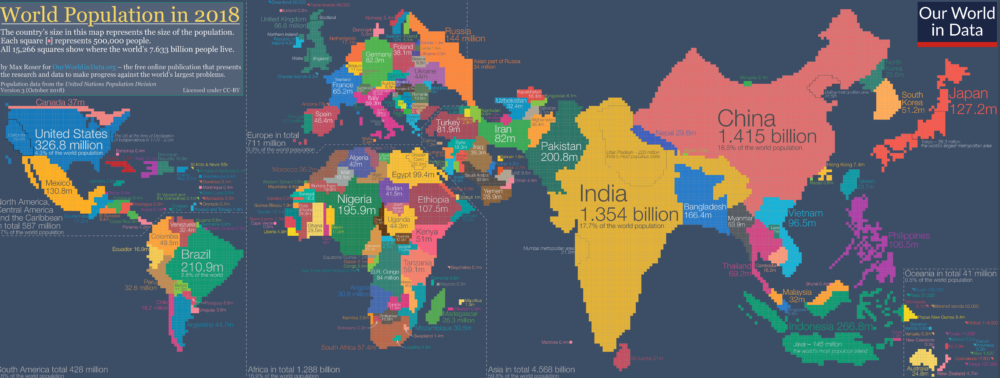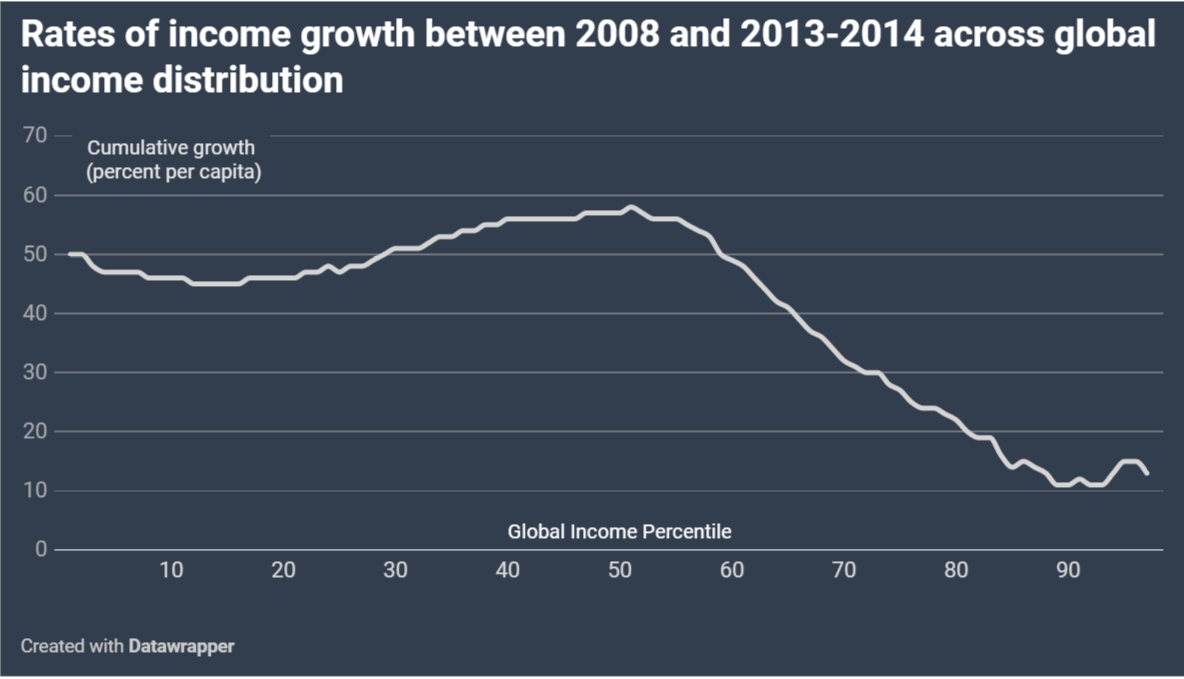For the last week of class we will be going over main concepts and data trends covered throughout the semester. The readings for this week are:
- Neckerman, Kathryn M., and Florencia Torche. 2007. “Inequality: Causes and Consequences.” Annual Review of Sociology 33(1):335–57.
- Firebaugh, Glenn. 2000. “The Trend in Between-Nation Income Inequality.” Annual Review of Sociology 26(1):323–39.
I recommend you finish the readings before carefully going over my PowerPoint presentation with voiceover where I explain important ideas and concepts covered in the readings. I also update the data discussed in the papers with more recent figures.
Throughout this course we’ve focused our discussions inequality trends and patterns around the world, whilst trying to understand its causes and consequences. I would like us to finish the course by thinking about possible solutions. With that in mind, watch the video below, where Arjun Jayadev and Branko Milanovic “discuss possible policy solutions to inequality, including opening borders and raising taxes on capital gains”
Lecture Post Questions:
Please note that this lecture post is worth double and are now due on Monday
On the comments section below, address the following questions (answers should be at least 100 words in length and posted by Monday – This is how participation points are assessed. Please save your comments in a safe document before attempting to post it.
- From my PowerPoint presentation, what isn’t clear? Any thoughts or comments you would like to share?
- From the readings, any concepts or ideas that are not clear?
- Based on the the video, what are the main takeaways? Do you have any solutions you would add?
- What is the most important thing you think you’ve learned throughout the semester?




